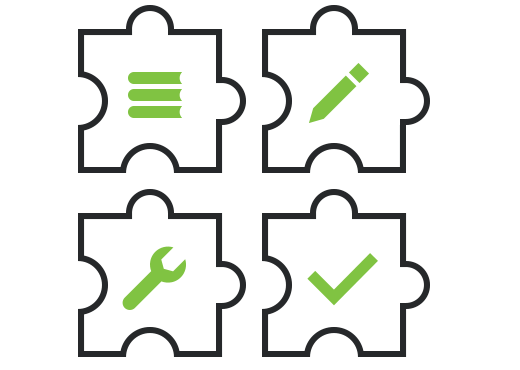Are you familiar with the contrast effect? If not, you had better start paying attention to it, because it will determine the success of your next embedded design.
The contrast effect occurs whenever you experience two similar but unequal phenomena within a short period of time. For instance, have you ever visited an electronics store and been impressed by the sound of a home theater system—until the salesperson played the same soundtrack through an even better system? Chances are, the first system suddenly seemed unworthy of your credit card. That’s an example of the contrast effect.
The contrast effect influences our perception (and thus our judgment) of everything we come across, including sights, smells, tastes, temperatures and even people. We may find someone attractive, but the minute an even more attractive person walks through the door, our standard of beauty becomes a little more exacting.
So here’s the thing: When designing your next embedded system, you must anticipate what customers will compare it to. Naturally, they will compare it to similar products in the market. But if your system has any kind of user interface, they will also compare it to the smartphone—or smartpad—sitting in their hand. And they’ll make this comparison even if your system has nothing to do with texting, messaging, e-mailing or Facebooking.
Surprising? Not really. Every time one of your customers picks up a smartphone (which could be dozens or hundreds of times a day), he or she becomes more conditioned to the user experience it delivers. And the more conditioned they become, the more they expect a similar experience in other systems—and the more they miss that experience when a system doesn’t provide it.
An anecdote is in order. Recently, a colleague of mine saw an engineer attempt to use a pinch-and-spread finger gesture on the display of an oscilloscope. The engineer was so conditioned by the multi-touch interface of his smartphone that he unconsciously expected his oscilloscope to support the same form of interaction.
So is adding a spiffy user interface to your system the solution? Only partially. Smartphones and smartpads also allow users to download new apps and new themes on demand. Every time a smartphone user downloads a new app, he or she is again being rewired with new expectations, even for systems that look or feel nothing like a smartphone. You don’t have to look far to find evidence for this. For instance, I’ve spoken to customers in the industrial automation market who are interested in adapting app store technology to what, in the past, were isolated, fixed-function systems.
All this signals a sea change for embedded system manufacturers. On the user interface front, it was often acceptable to let programmers design the user interface. But now, customers expect eye candy, such as screens that employ alpha-blended transparent regions and that transition from one view to another using swishes, swirls and other effects. To implement these types of effects while ensuring the high level of usability established by smartphones, manufacturers are well advised to lean on experts in user interface design.
Graphics are one thing, but the demand for systems that can support new apps or services is another. At one time, an embedded systems manufacturer either developed, or was in control of, all the software running on its products. But now, much or even most of that software may come from third-party developers, developers that the manufacturer can’t completely control but must somehow enable.
Naturally, these new expectations will impact some markets more than others. In the automotive market, for example, there is little doubt that downloadable apps will become a common feature of car infotainment systems. It’s still unclear whether most automakers will allow users to download any apps they wish or whether they will implement walled gardens. But either way, don’t be surprised if, when shopping for your next car, the automaker’s app store becomes one of your purchasing criteria.
Other markets will also be affected, though not so conspicuously. Imagine a bedside monitor that allows doctors and nurses to access a patient’s critical information, but also doubles as an entertainment portal for the patient when medical personnel are absent. Even something like a programmable automation controller can provide a form of app store interface that lets the customer add modules for flowcharts, ladder logic or Pseudo C.
If you think these demands sound a death knell for home-grown operating systems and graphical frameworks, you’re right. Manufacturers must move to standards-based application platforms that can support both the compelling graphics and the rich choice of applications that users have come to expect.
In the end, who will profit from “platform-enabled” embedded systems? Embedded system manufacturers? Third-party application developers? Service providers? End users? The more manufacturers embrace the platform approach, the more the answer will be, quite simply, all of the above.
Sebastien Marineau-Mes is the vice president of engineering at QNX Software Systems.



